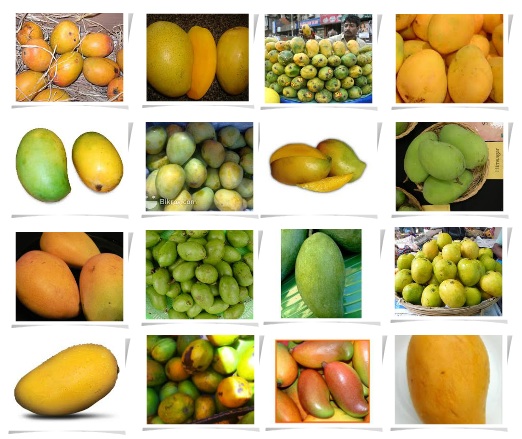Fruits & Vegetables
Grapes
Grapes
Grape was introduced in India in 1300 AD. India is among the first ten countries in the world in the production of grapes . Grapes are Packed With Nutrients, Especially Vitamins C and K. And highly Antioxidant.
We can supply fresh as table grapes and for making wine, raisins or vinegar.
We are offering in bulk packaging.
Prevailing rates for fresh table grapes ex works- INR per kg ,
Subject to quantity and quality.
Rate-
Date-
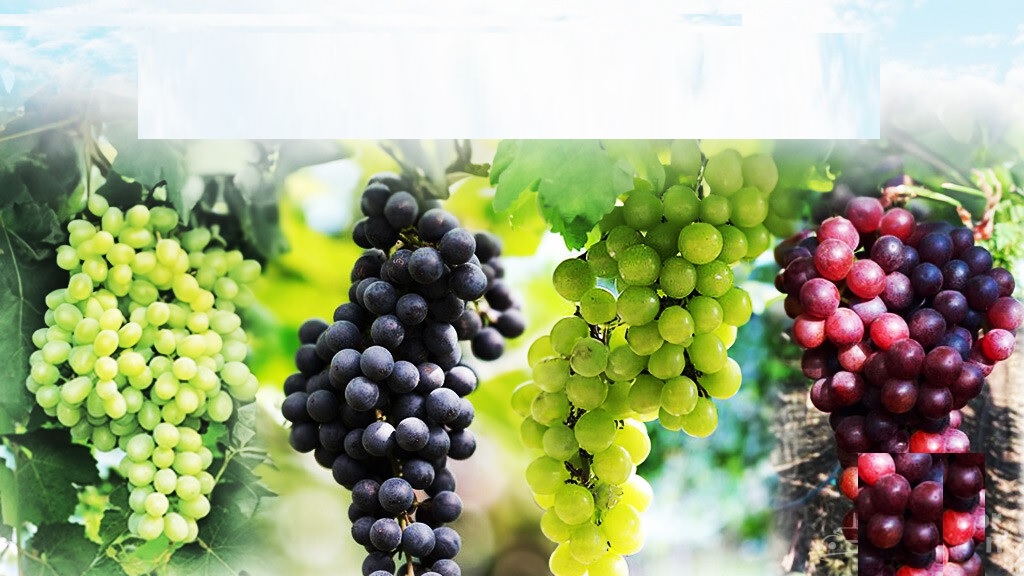
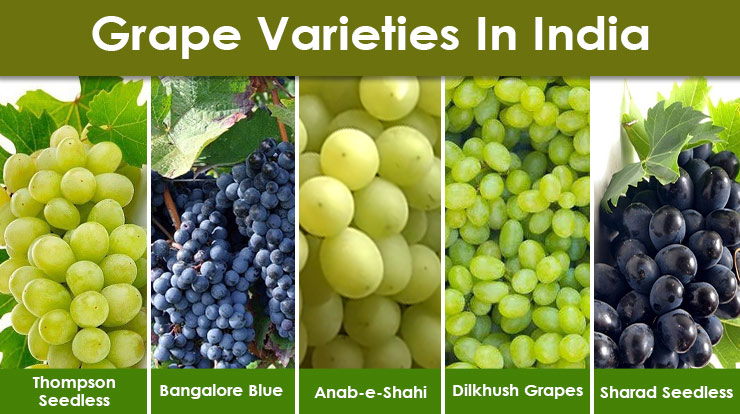

Varieties of Mangos in India
 |
| Alphonso |
 |
| Banganapalli |
 |
| Saroli |
 |
| Chaunsa |
 |
| Dashehari |
 |
| Fazli |
 |
| Gulabkhas |
 |
| Himsagar |
 |
| Kesar |
 |
| Kishenbhog |
 |
| Langra |
 |
| Mankurad |
 |
| Neelam |
 |
| Totapuri |
 |
| Mallika |
 |
|
From left to right: Safedi, Langra, Kesar, Bombay Green, Bombai, Kishenbhog, Gulglui |
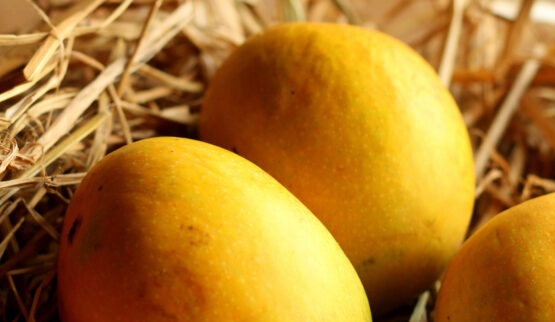
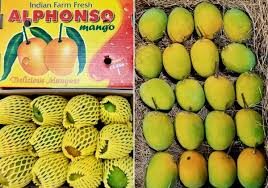
Mango
Mango is the national fruit of India. Mangoes originated in India over 4,000 years ago and are considered a sacred fruit. Mangoes spread gradually throughout the world. Mango peels are usually safe to eat on their own, but can be unpleasant to eat raw. One way to extract some of the nutrients from the mango skin is to make mango peel syrup. Combine a pound of mango pits and peels, a quartered lemon or lime, and a half-pound of sugar. Mango is low in calories yet high in nutrients — particularly vitamin C and iron. There are various type of Mango –Alphonso (Hapus),Badami ,Chaunsa ,Langra ,Dasheri, and Kesar.
We are offering Alphonso, Langarda and pierre etc.
Prevailing rates for bulk ex farm Alphonso – per kg , Langarda- per kg pierre- INR per kg.
Subject to quantity and quality.
Rate-
Date-
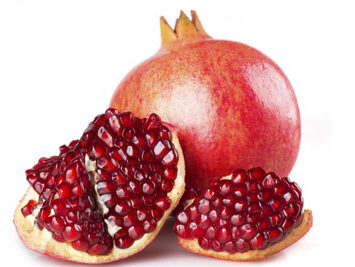
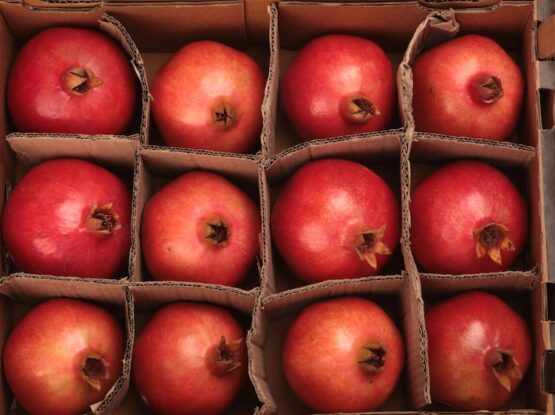
Pomegranate
India has the greatest pomegranate cultivation. There are many varieties of Pomegranate. Out of which Bhawais the most popular for Exports. The Bhawa Pomegranate is well-known for its deep red, even colour and super sweet flavour.
Pomegranate is high in dietary fibre, folic acid, vitamin C, and vitamin K. Are Loaded With Important Nutrients. Has Impressive Anti-Inflammatory Effects. Also Contain Two Plant Compounds With Powerful Medicinal Properties.
We are offering Bhawa Pomegranate Prevailing rates for bulk ex Farm- INR per kg ,
Subject to quantity and quality.
Rate-
Date-
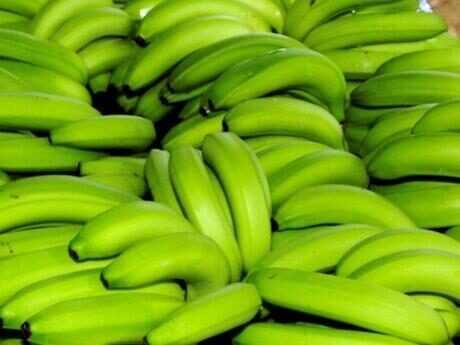
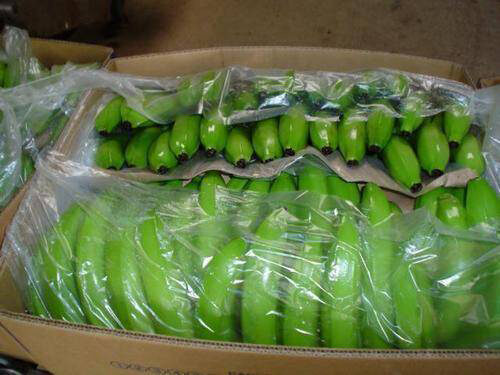
Banana
Banana is a type of fruit from herbaceous plants of the genus Musa. Out of Varieties of Banana Cavendish Banana are being exported.
Bananas Contain Many Important Nutrients. It is Powerful Antioxidants and Unripe Bananas May Improve Insulin Sensitivity.
We are offering Cavendish Banana Prevailing rates for bulk ex farm INR- INR per kg ,
Subject to quantity and quality .
Rate-
Date-
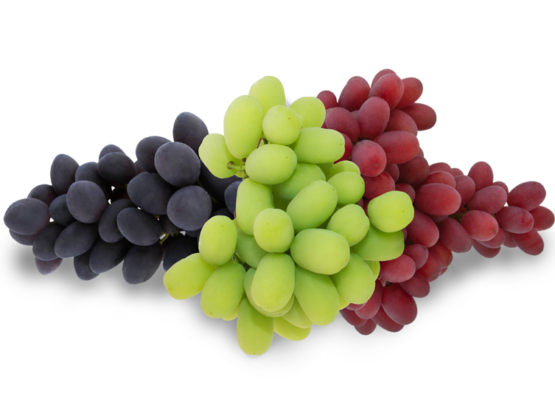
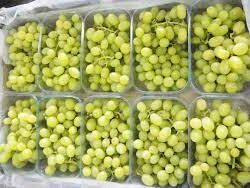
Grapes
Grape was introduced in India in 1300 AD. India is among the first ten countries in the world in the production of grapes . Grapes are Packed With Nutrients, Especially Vitamins C and K. And highly Antioxidant.
We can supply fresh as table grapes and for making wine, raisins or vinegar.
We are offering in bulk packaging.
Prevailing rates for fresh table grapes ex works- INR per kg ,
Subject to quantity and quality.
Rate-
Date-
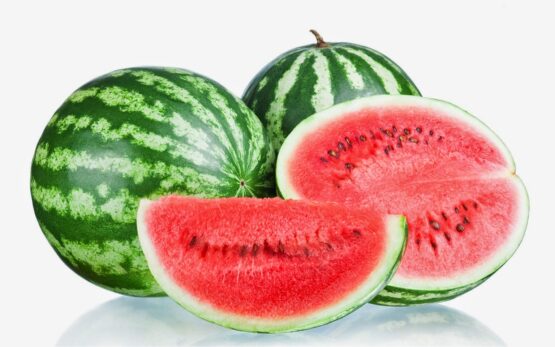
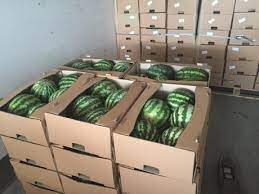
Watermelon
Watermelon is a large edible fruit, and is botanically called a pepo. The sweet, juicy flesh is usually deep red to pink, with many black seeds.
Watermelon is rich in an amino acid called citrulline and also contains all the lycopene .
We are offering in bulk packaging.
Prevailing rates ex works – INR per kg ,
Subject to quantity and quality.
Rate-
Date-
Vegetables
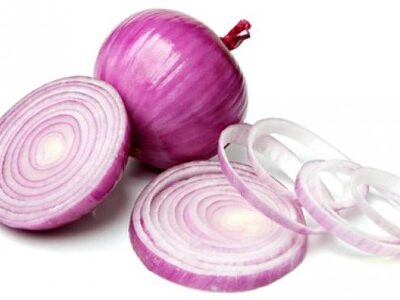
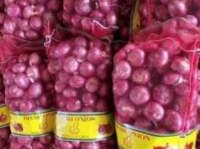
Onion
Onion total production in India of 55 Hundred Thousand tonnes .
There are three variety in onion sizes are as follows…
- Above 45mm.
2. Between 25 mm to 45 mm.
3. Less than 25mm .
Most onion are about 85 to 89% water, approx 9% carbohydrates (including approx 4% sugar and approx 2% dietary fibre), approx 1% protein, and negligible fat . Onions contribute savoury flavour to dishes without contributing significant caloric content.
We are offering in bulk packaging.
Prevailing rates for bulk ex works- INR per kg ,
Subject to quantity and quality.
Rate-
Date-
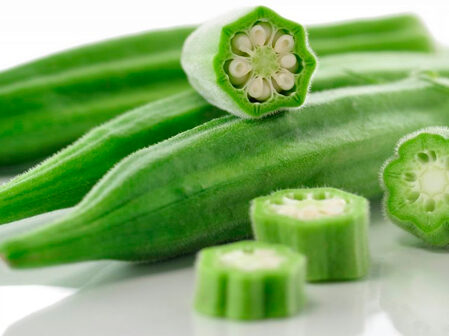
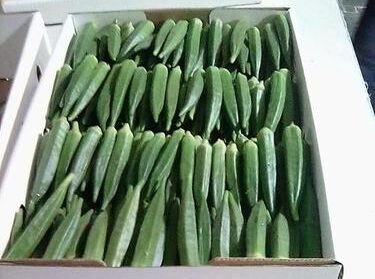
Ladyfinger
India ranks first in the world with 5,000 thousand tonnes of ladyfinger. Lady Finger is a type of green vegetable, long finger it is commonly known as Bhindi. It is a good source of minerals, vitamins, antioxidants, and fiber. Raw is approx 90%water, approx 2% protein, approx 7% carbohydrates and negligible in fat. In a 100 gram amount, also provides iron, niacin, phosphorus, copper, and a rich source of antioxidants.
We are offering in bulk packaging.
Prevailing rates for bulk ex works- INR per kg ,
Subject to quantity and quality.
Rate-
Date-
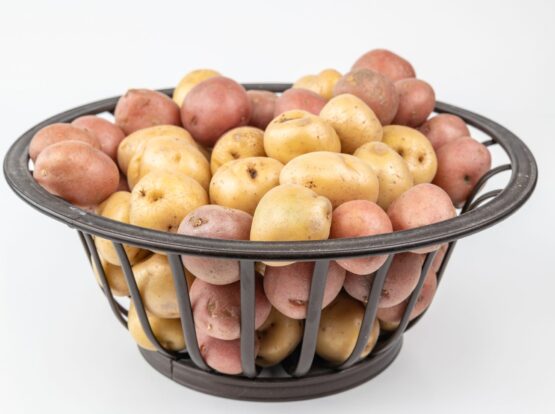
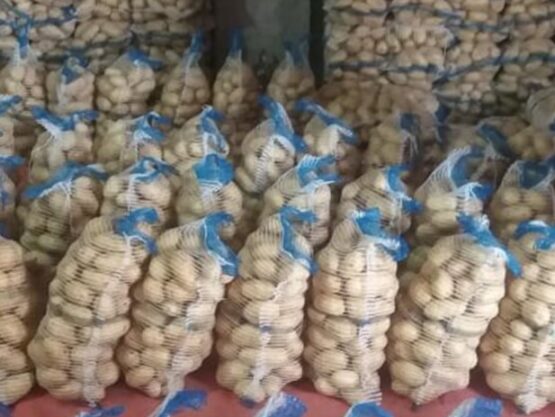
Potato
Potatoes are a good source of fiber, Potatoes are also full of antioxidants and are rich in compounds like flavonoids, carotenoids and phenolic acids.
We are offering in bulk packaging.
Prevailing rates for bulk ex works- INR per kg ,
Subject to quantity and quality.
Rate-
Date-
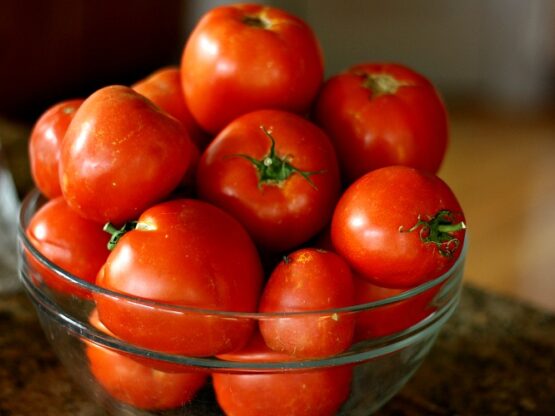
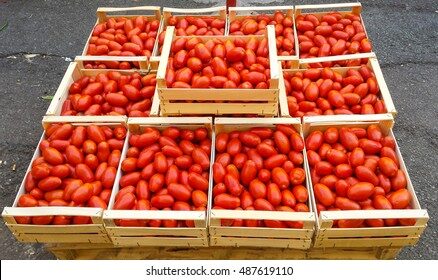
Tomato
Tomatoes are available in a range of colors, such as green, yellow and red. Tomatoes are the major dietary source of the antioxidant lycopene, a great source of vitamin C, potassium, folate, and vitamin KA Tomato is approx 95% water, contains approx 4% carbohydrates and less than 1% each of fat and protein.
We are offering in bulk packaging.
Prevailing rates for bulk ex works- INR per kg,
Subject to quantity and quality.
Rate-
Date-
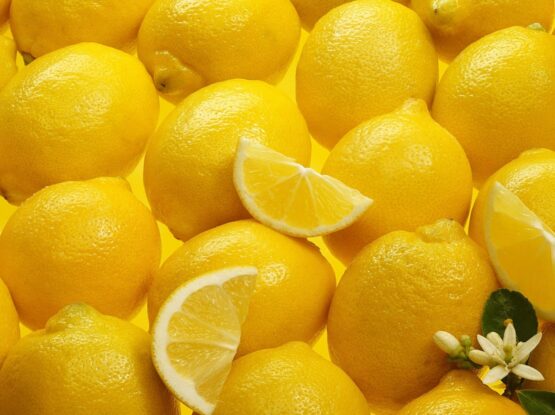
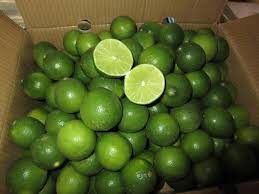
Lemon
The lemon is a round, slightly elongated fruit, it has a strong and resistant skin, with an intense bright yellow color when it is ripe, giving off a special aroma when it is cut. The pulp is pale yellow, juicy and acidic is about 5% to 6% citric acid, with a pH of around 2.2, giving it a sour taste. Lemons include many vitamins and nutrients that can provide a boost to your body: Lemon oil may be used in aromatherapy. Lemon oil aroma does not influence the human immune system, but may contribute to relaxation.
We are offering in bulk packaging.
Prevailing rates for bulk ex works – INR per kg,
Subject to quantity and quality.
Rate-
Date-
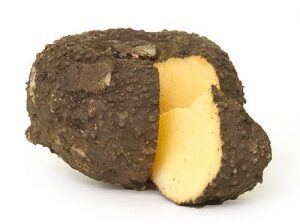
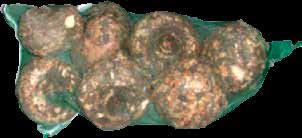
Yam
The tuber needs space to grow as it can grow quite large. Yams typically take about 14 weeks to mature. Yams are rich in vitamins, minerals, and fiber.
Amongst the major roots and tubers, properly stored yam is considered to be the least perishable. Successful storage of yams is required. Storing yam at low temperature reduces the respiration rates. The best temperature to store yams is between 14 and 16 °C (57 and 61 °F), with high-technology-controlled humidity and climatic conditions, after a process of curing.
We are offering in bulk packaging.
Prevailing rates for bulk ex works- INR per kg ,
Subject to quantity and quality.
Rate-
Date-

